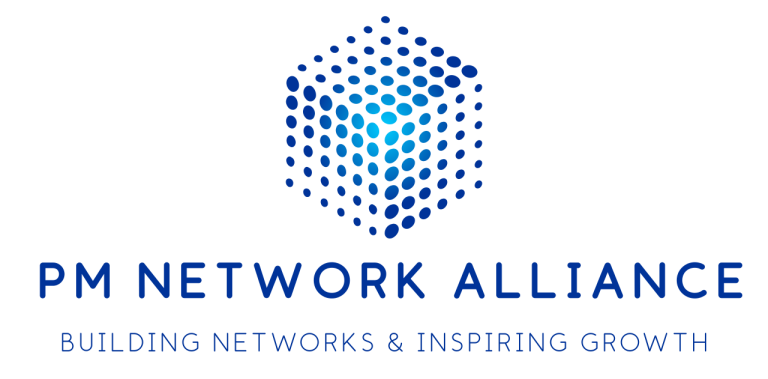
Early Web To Intelligent Future
In today’s fast-paced and competitive business environment, effective project management is crucial for the success of any organization. Various project management tools have been developed to facilitate task management, collaboration, time tracking, resource management, document sharing, and more.








